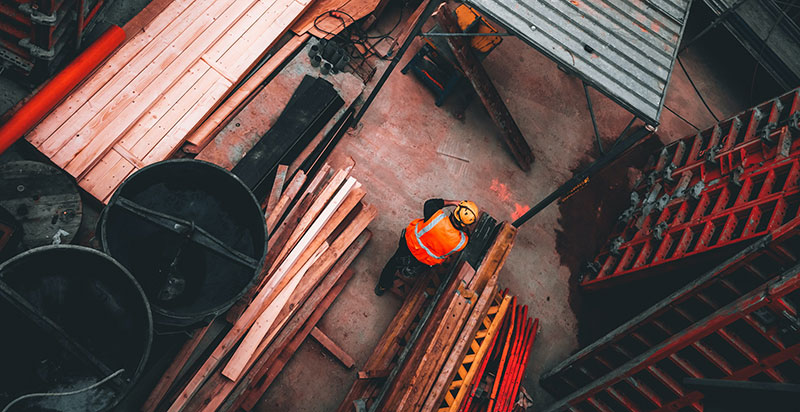Advertisement
The information age has helped an increasing number of people become more informed about the environment and the growing responsibility we have to care for it. Advancements in technology have brought actionable and affordable changes within the reach of the average homeowner, many of which include the very materials used to build our homes. Unlike some green housing solutions of decades past, these modern developments are subtle and understated and even aesthetically attractive.
Here are four building materials making a much lower impact not only on planet earth but also helping to save money on monthly energy bills:
- Bamboo
Holding the record as the fastest growing plant on the planet and still used as scaffolding in Hong Kong to this day, bamboo is not only popular among pandas. As a construction material bamboo has a strong and resilient fiber with a compressive strength twice that of concrete and a tensile strength rivalling steel.
The rate of growth of bamboo makes it almost the definition of a renewable resource. Most often associated with construction in the regions where it grows prolifically, Southeast Asia and South America, there are over 1500 bamboo species, many of which are capable of surviving European winters.
The stems can be halved and interlinked to make roofing and walls, shaped during growth to the desired form, woven and flattened into planks. While fully formed bamboo structures might be better suited to tropical regions and climates, ‘hardwood’ bamboo flooring or interior walls, or bamboo door and window frames are an effective and suitable building material worldwide.
- Steel
Concrete is responsible for a colossal carbon output during production and can only be recycled into aggregate. Steel, on the other hand, is one of the most recyclable building materials available at a 98% efficacy rate. Furthermore, it can be recycled time and time again where other materials lose their structural integrity.
The use of steel in construction is varied. It can be used in structural sections, making up the frame of the building, reinforcing bars to add tensile strength and stiffness to other materials or in sheets to form the majority of structure.
The erection time of a steel building using sheets is much lower than other materials and the precise amount required can be ordered from the building plans, so less waste. And steel panels have an inherent resistance to fire, mould and weather conditions, and are rated to last up to 60 years. A steel roof, for instance, has a longer lifespan than most other roofing materials and requires little to no maintenance.
- Rammed earth
Its roots as an ancient building material, rammed earth or pise is a building material in perhaps the most abundant supply. Made by compacting layers of moist earth on top of a concrete mixture within a wooden frame, the frame can then be removed to display a unique wall with a rustic finish not dissimilar from sandstone.
Rammed earth has excellent thermal mass properties providing warmth in the winter and coolness in the hotter months. It is also possible to reuse the wooden frame in other parts of the construction, like the roof, once the walls are finished.
Rammed earth walls can also be insulated, reinforced and rendered to make use of its inherent properties while improving insulation and achieving an alternative finish.
- Hemp
Hemp is set to be the crop of the future with its eco credentials and its uncannily wide range of uses. The wonder crop can be used to make milk, textiles, rope, food, paper, bioplastics, biofuel as well as insulation and building materials.
Hempcrete or hemplime is a bio composite building material made from the wood like hurd fibers obtained from processing the hemp plant mixed with the more environmentally friendly concrete alternative, lime. The resulting material is lightweight and acts as a great moisture regulator and thermal insulator.
We are all looking for areas in our lives where we can make profound and positive changes for the wellbeing of our planet, and why not literally start at home. With technology, more options are becoming available and viable for us to build more environmentally friendly homes.

